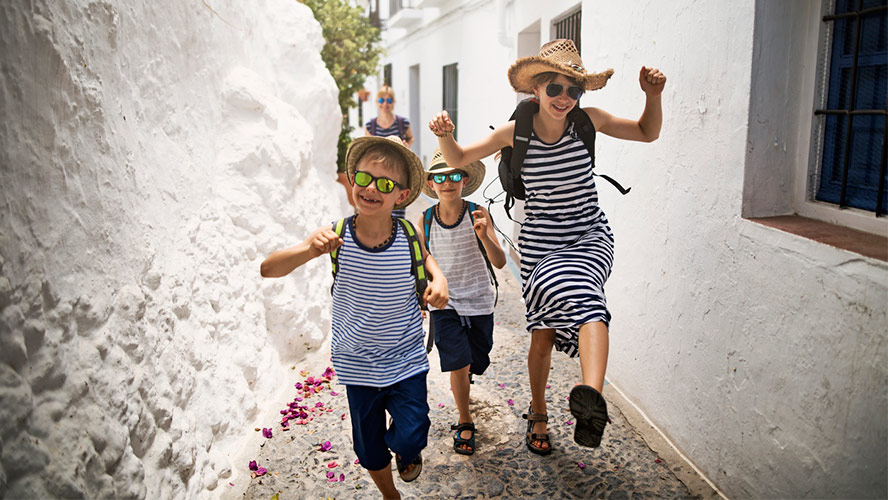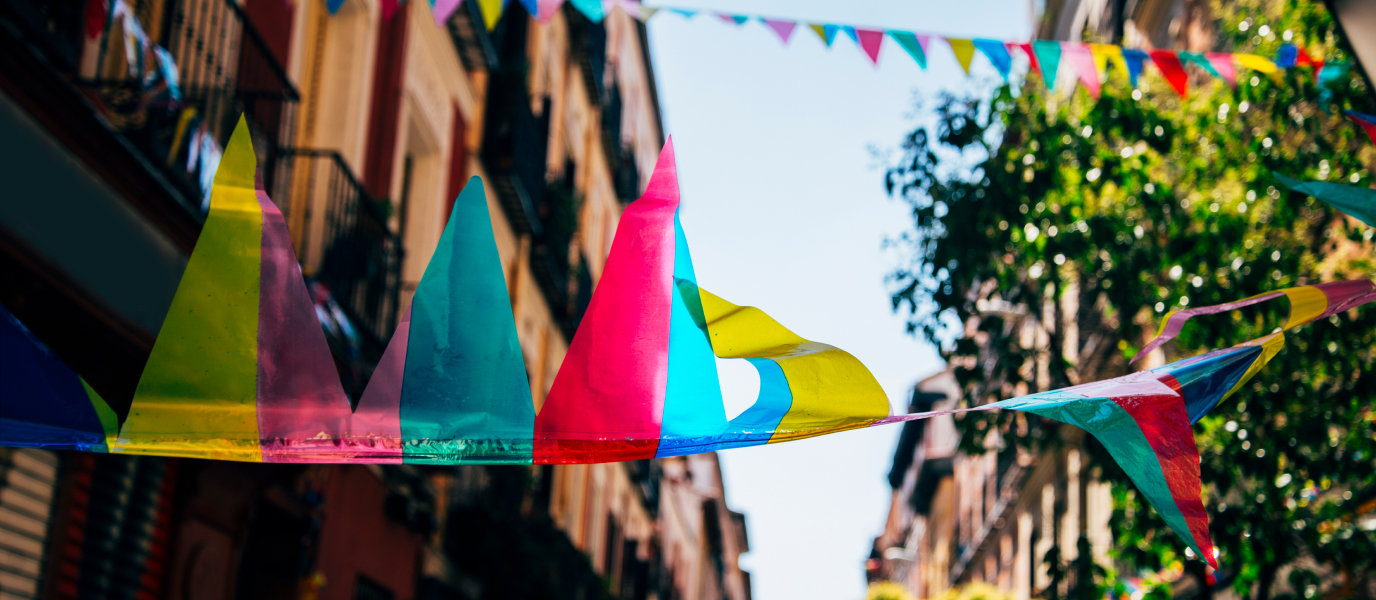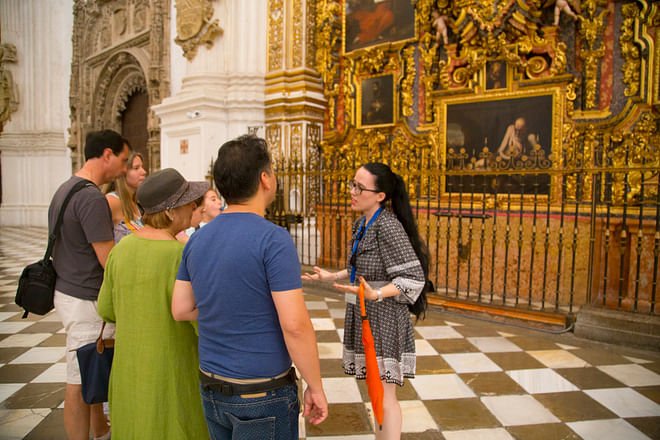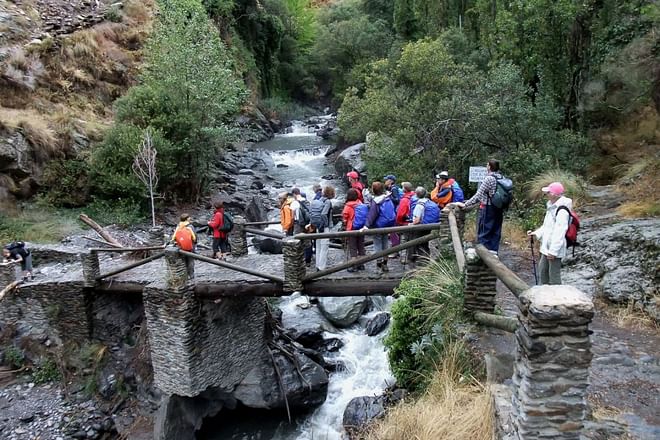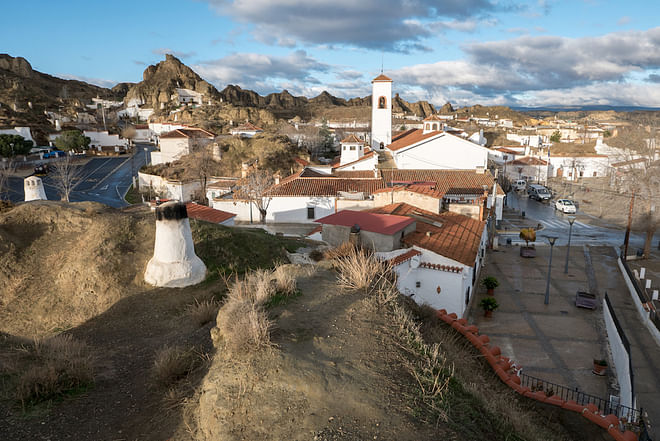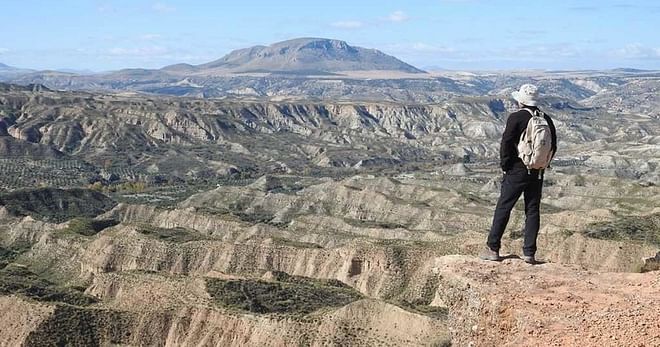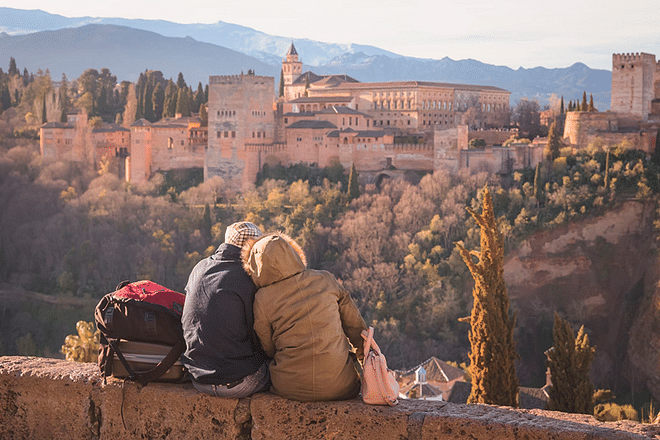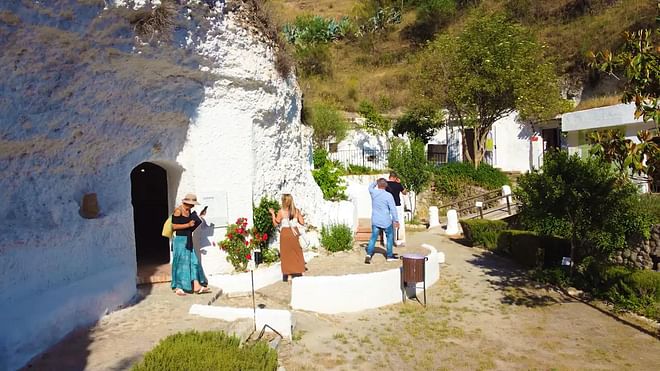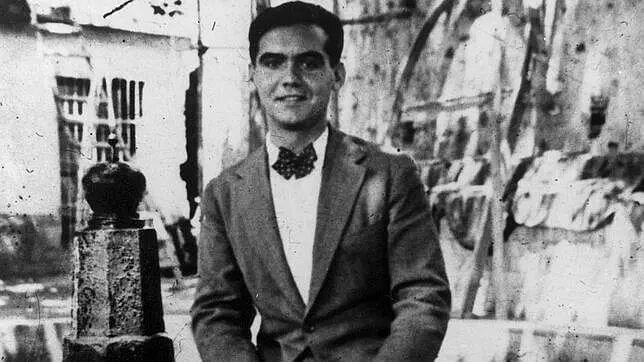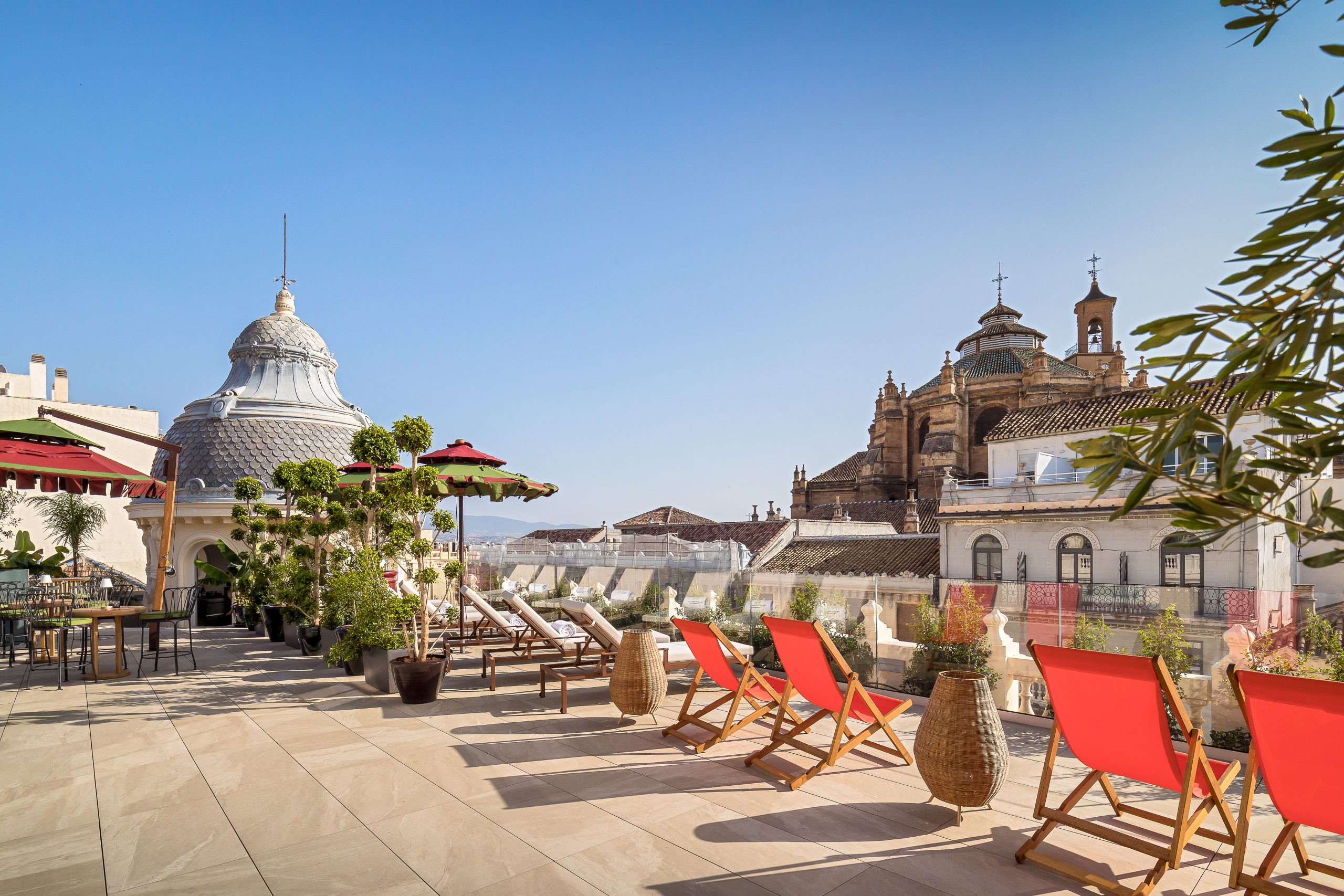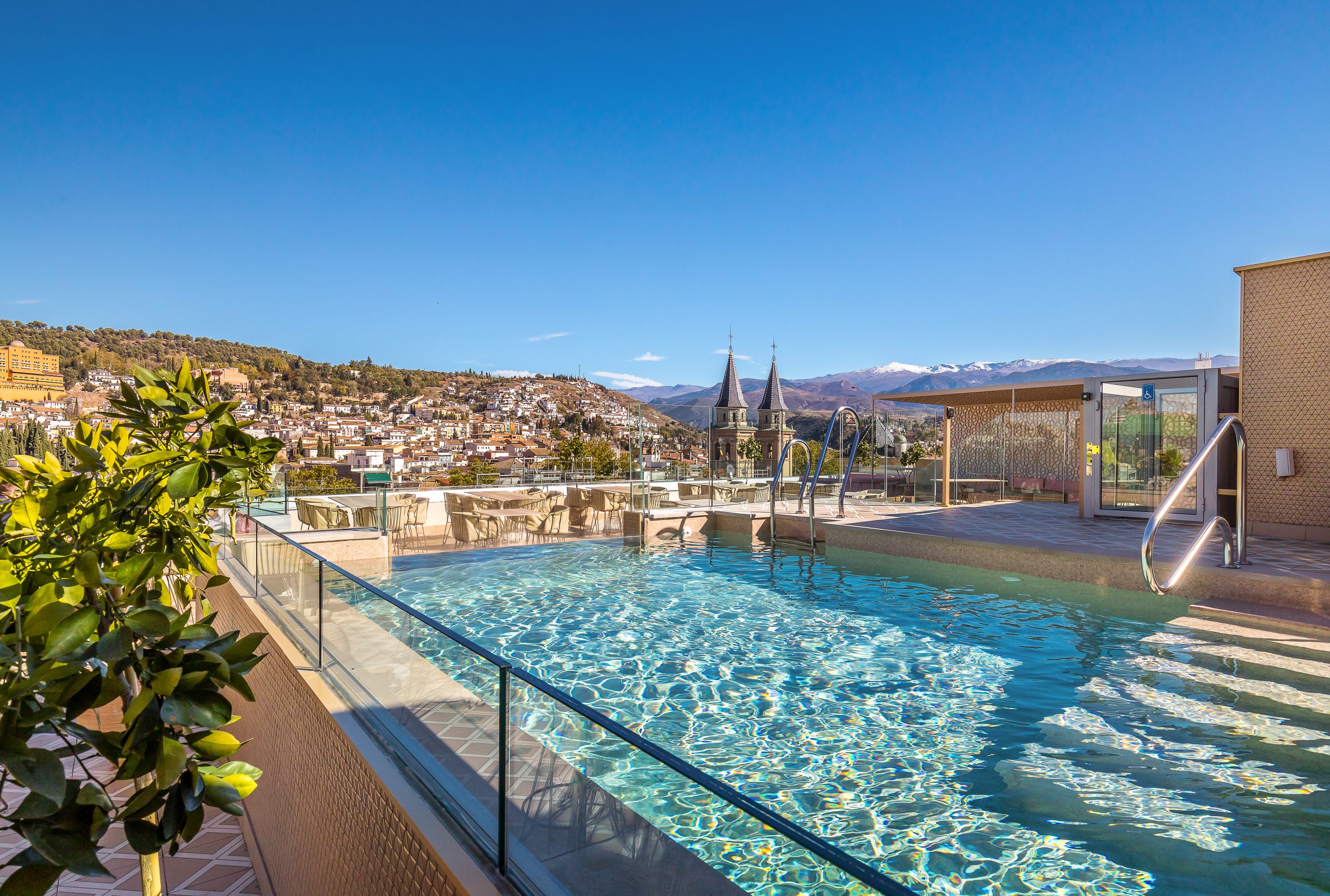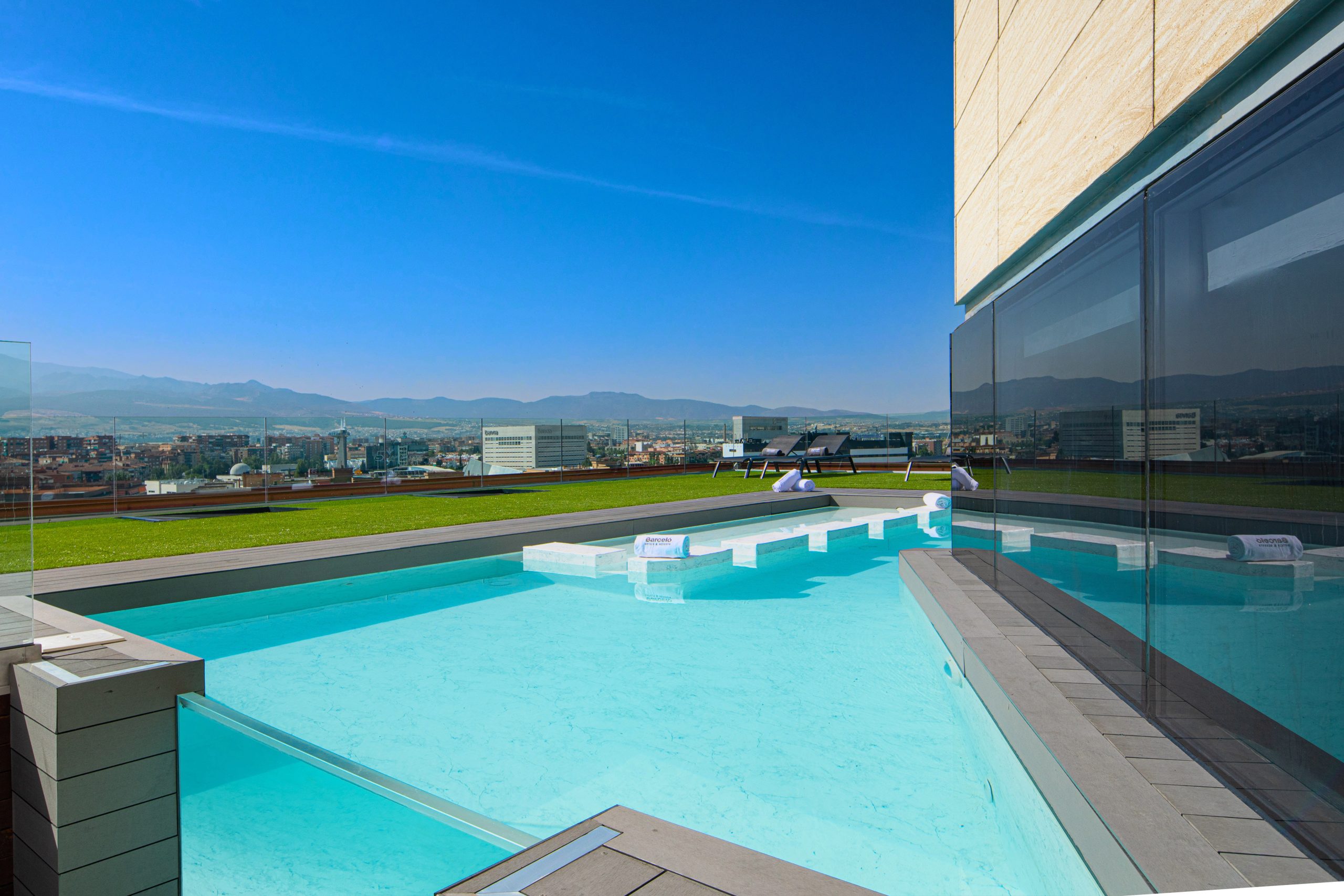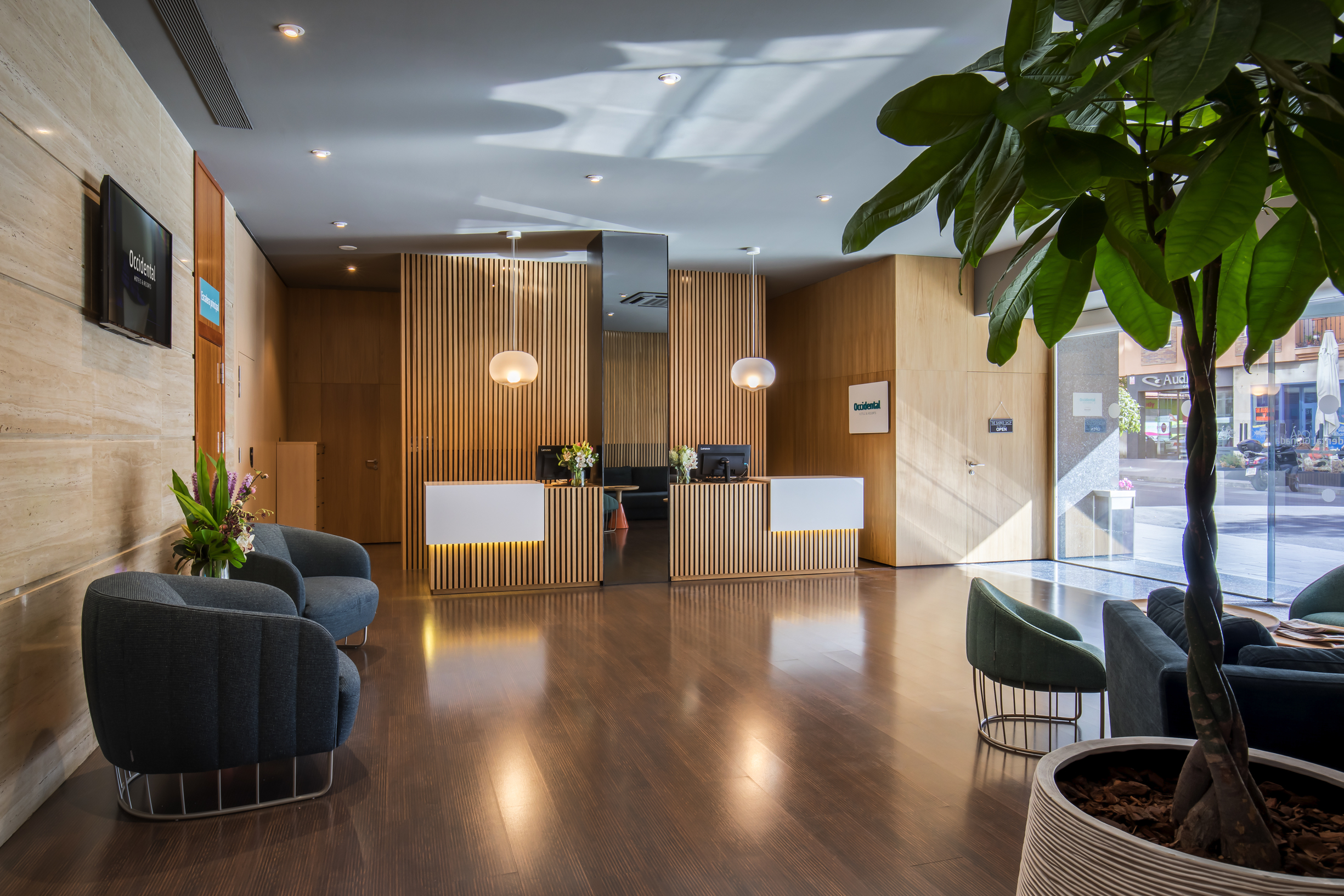Flamenco and Granada go hand in hand. The city that is home to the Alhambra has been an undisputed cradle of flamenco since its early days. Many flamenco artists from Granada have found worldwide success with the city’s hallmark.
The great writers of the Generation of ’27 were proud fans of this art. Because of this, the works of Federico García Lorca and Manuel de Falla have sometimes centred around flamenco.
From the early performances at cafés cantantes (establishments featuring live performances on small stages set up in bars and cafes), flamenco has grown to become an art that is studied in certain cities of southern Spain, such as Jaén and Córdoba.
In an interview, the singer Arcángel, who is now the director of the Flamencology Department in Córdoba, explained that ‘people should travel to Granada and the rest of Andalusia to see flamenco’. Experts in this field agree: Granada is a city where people can find authentic flamenco performances that are bursting with essence and tradition.
Flamenco’s roots in Andalusian culture are so deep that in 2010, UNESCO included this art in its list of Intangible Cultural Heritage. It has since received stronger institutional support aimed at preserving the flamenco culture and sharing it across the world.
Sacromonte, the cradle of flamenco in Granada
The Albaicín quarter houses Sacromonte, the place where flamenco shows first began in Granada. It was originally the place selected by the first gypsies who settled in the city. Here, they coexisted with the Moors and the Jews who already lived in the peninsula, and this combination is what gave shape to this art with so much personality and tradition throughout Andalusia.
The caves where they lived are now flamenco tablaos. Despite starting out as a poor neighbourhood, Sacromonte has evolved in such a way that people of all nationalities and socioeconomic statuses have chosen it for their second homes.
The flamenco tablaos in this area are the same caves where gypsies practised this art many years ago. One of the most famous is Zambra María la Canastera, named after the singer and dancer María Cortés, who lived in this cave with her children. When visitors arrived to the cave, the artist would put on a flamenco show in her living room, and this same essence remains intact today.
The art of flamenco
Although singing and dancing are the basic pillars of this art, there is much more to it. A flamenco performance has three parts: the cante (song), the baile (dance) and the toque (beat).
The dance is the most striking part of the show, with passion and depth conveyed in every step. The song is one of the most heartrending elements since the singer exudes a strong sense of feeling in every note. Jondo or grande are adjectives that describe this type of singing because its intensity is that star of the performance. Lastly, the beat represents the importance of the guitar in this art, and the position and rhythm of the tocaor are specific to flamenco.
The musical forms of flamenco are called palos and they affect all the elements, although there is always one for every lead. In a Soleá, for example, the song gains importance and the lyrics centre around hardships, love and intense feelings. The dance is heavy, strong and deep.
On the other hand, one of the palos or musical forms with a greater focus on the dance is a bulería. Experts define this rhythm as wild and lively because it is one of the fastest. Bulerías are popular at parties, and this palo usually marks the end of an event.
Finally, flamenco and Zambra go hand in hand. This ritual is very characteristic of Sacromonte and dates back to 17th century Moorish weddings. It has become synonymous with lively parties and consists of flamenco song and dance.
Where can flamenco be found in Granada?
The most authentic performances are in Sacromonte, where visitors can also dine on the local cuisine. For the full flamenco experience, go to Sacromonte.
La Rocío is a popular cave that is run by several generations of the Maya family, one of the most established in the art of flamenco. Their shows are divided into three parts: the recreation of a gypsy wedding, a more aesthetic piece with stronger beats, and a final rumba in which the audience is invited to participate.
[experiencia id=”4498″ formato=”h”]
However, flamenco performances can also be found outside of Sacromonte. In addition to its Moorish heritage, Albaicín also has a flamenco facet. Here, flamenco groups periodically organise recitals featuring this art.
To truly discover Granada’s charms, be sure to attend a flamenco show: for its culture and history, for the pleasure of enjoying a performance filled with feeling, and for the chance to see flamenco in one of the spots where it was founded.
The art of flamenco owes a lot to Granada since the city is one of its cradles and a destination with the most history linked to this culture. It is the perfect place to see a performance of this calibre.

























































